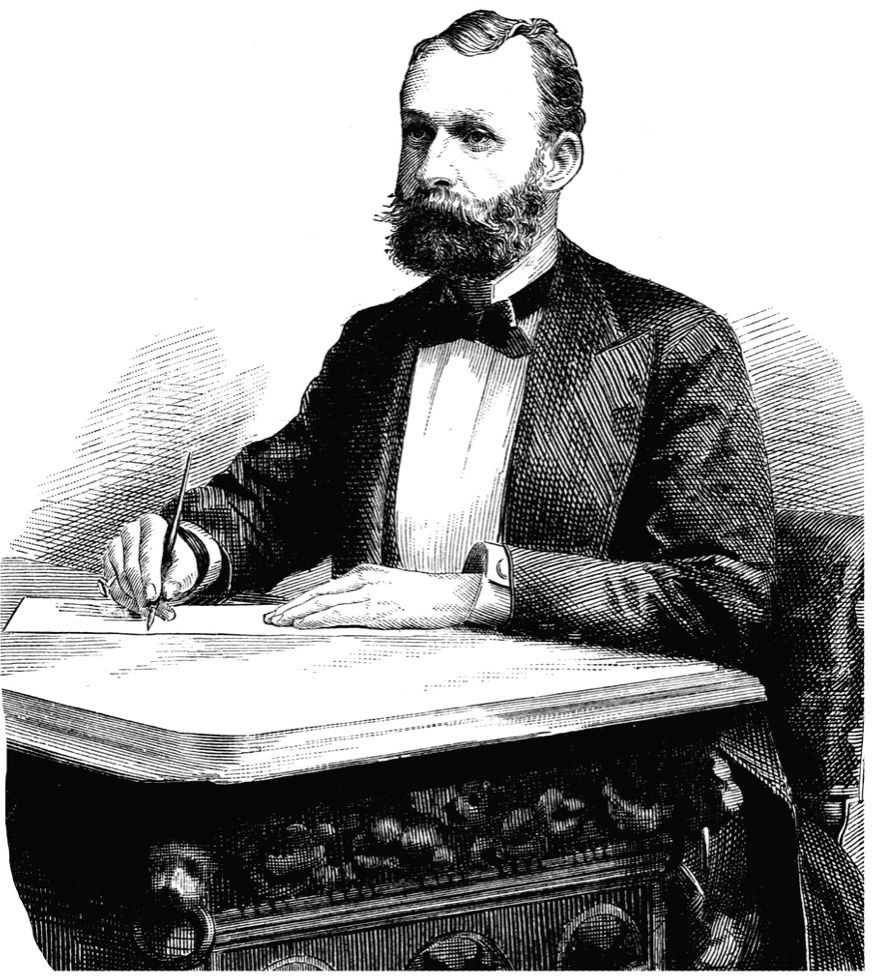
What could being asleep for fifty years, and then awakening, teach a person about life? You might tell me to Google Washington Irving or the Brothers Grimm and see what lessons they intended, but I am dead serious when I ask this question.
I ask it because in the early part of the 20th century, the disease Encephalitis Lethargica turned people into living statues for as long as Rip Van Winkle snoozed in the Catskills.
It was a Parkinsonian epidemic that killed nearly five million people by keeping them awake until they died or sending them into comas so deep nothing could rouse them. It kept a handful of survivors locked inside their bodies.
The survivors weren’t in comas, and they weren’t “vegetables.” The better metaphor is that they were ghosts. Like Scrooge in A Christmas Carol or Emily at the end of Our Town, they could watch life go by, but interaction was impossible. Although they could think, one patient described thoughts as if they were “a picture whipped out of its frame.”
They sat like ghosts in wheelchairs through the wars fought, depressions overcome, civil rights won, and leaders assassinated. And then, in 1969, neurologist Oliver Sacks treated a group of patients with L-DOPA, then an experimental drug. On a high dosage of the drug, these “ghosts” came to participate in life again, exhibiting not only mobility and speech, but also personalities that had, for fifty years, been reduced to shadows.
Sacks, their empathetic and uniquely perspicacious doctor, clearly had in mind questions of what it means to be human as he wrote, and this is one of the aspects that makes the case studies and reflections in his book, Awakenings, so compelling. Sacks has gained popular appeal by finding the human story in the neurological oddities he studies, in books like The Man Who Mistook His Wife for a Hat, Migraine, and An Anthropologist on Mars. Indeed, he introduces readers to aspects of the human condition that are beyond the edges of what many people experience. Awakenings is by no means new; it was published in 1973 and is considered a classic, and I urge you to pick it up if you haven’t already had the chance.
So, back to the original question. What can patients beyond the edges of commonplace experience teach us about being human? With a disease so peculiar and an author so perceptive, the lessons are legion. I’ll focus on just two.
Shout Back if You’re Listening
First, they teach that our yuckiest emotions are part of what makes us “awake.” Now, I know any good therapist could tell you that for a mere $25/week co-pay, but before you close the browser, consider the case study of Magda B. as an illustration of just how essential this is.
Other patients would react to their environments and shout out during extreme fits of Parkinsonism, but even when the hospital staff placed Magda next to a “mad, hostile dement,” who would curse, insult and even hit her, Mrs. B would sit placidly next to him, never registering the slightest agitation.
On small initial doses of L-DOPA, Magda still showed apathy. When she could first speak, she sounded like an automated phone system. When the dose was raised, the first signs of awakening Sacks noted were a distinct Viennese accent – far from a monotone – and anxiety. She was anxious that the drug was making her sleepless and nauseous. She had moved from a placid statue to a person invested in her own survival.
That sounds pretty sucky, eh? You wake up after fifty years and worry is one of your first emotions. But it’s part of the reason we were considered higher than rocks on the Great Chain of Being; acknowledging worry makes us alive.
After acknowledging anxiety, Magda continued to show rich, complex emotions. She was even able to mourn her husband who died only five years before she woke up.
Oliver Sacks says Magda was dropped “through a vacuum” from her mid-twenties to her sixties, and was still able to don with ease the “mantle of old age, ‘Grannie-hood.'” Likewise, even though she is dropped from numbed emotions to the need to express grief, she is able to make the move. She moves from stone-cold apathy to anxiety and mourning and finally to a graceful acceptance of herself and her lost years.
And what does she teach? She makes me wonder why the image of a woman in a wheelchair sitting next to an abusive psychotic and staring forward with utter tranquility is so close to what I expect of myself. I crave “unruffledness.” And where does it get me? In urban life, personal assaults on the dignity of people around me seldom register. In my personal life, I let questions of faith flicker in my mind for one second, then snuff them out.I would much rather pick up a book or get on Facebook than analyze why a conversation with my husband left us both feeling hurt. And I turn to stone. A woman who was only fully awake for a few years of her life has suddenly become my role model, because she learned to shout back.
Pitfalls of a Captive Audience
Second, when Magda embraces her new roles in life, one thing above all else supports her: her connection to people around her. She writes letters, catches up with her daughters, and entertains friends with her tales of her Viennese childhood. She has been inside herself far too long.
Rose R., a “Sleeping Beauty whose ‘awakening’ was unbearable to her,” showed a stark contrast to this. This patient, a flapper in the 1920’s, only wanted to talk about her memories when she awoke. After filling the ears of everyone around her, she asked for a tape recorder into which she could pour her memories of 1926. Soon, the tape recorder became her only audience, and indeed, her only friend. She would ask to be alone and talk to her tape recorder. She wouldn’t acknowledge anyone else.
In Magda’s case, talking to others was Dramamine for the lurching ride from the 20’s to the 60’s, since she had to catch up on decades in days. To Rose R., the medicine was a tape recorder. When she did not get outside herself, however, her body enclosed itself around her. It locked her in with overwhelming Parkinsonian tics that kept her “entranced” for the rest of her life.
To be fully awake, in this case, meant that Rose had to put the tape recorder away. It’s possible, when seeing Rose and Magda in stark contrast, that reconnecting with others may have helped Magda acclimate to a changed culture. Our daily acclimations are not like the ones Encephalitis Lethargica thrust on its patients, but they’re still rough. In light of this, what does true connection mean?
Why You Should Read the Book Even If You’ve Seen the Movie
Okay, so let’s say you saw the Robin Williams/Robert DeNiro Awakenings film from the 90’s. Why should you care about these case studies?
What struck me more than anything else when I re-watched the movie post-Sacks was its simplicity. It takes a story of human quirks, where each patient exhibits totally different symptoms during the epidemic and then shows a completely different course on L-DOPA, and homogenizes the patients to fit a classical film structure, complete with two love stories.
With the exception of Leonard (DeNiro), Robin Williams (the Dr. Sacks character) gives all the patients L-DOPA at the same time. In reality, Sacks was quite careful to evaluate patients on a case-by-case basis. In the film, they all wake up, they all start buzzing around the ward, and they all express fairly similar reactions of surprise, delight and loss. We watch Leonard’s descent into the tics that eventually overcame most of the patients in the book, and are assured that each patient is an individual who may react differently, but we aren’t shown their individuality. Granted, Robert DeNiro does an impeccable and moving job portraying Leonard’s character, especially when his tics take over. But the movie makes it seem like this is a simple disease, when in reality, it was, as Sacks wrote, “a Hydra with a thousand heads.”
As part of the simplicity, Hollywood sanitizes the case studies. There is very little drooling, there is no sweating; there are delusions, but no hallucinations. There is also no reference to masturbating. That’s right. One of the (many) reasons I scorn the love story between Leonard and a stroke-victim’s daughter is that in reality, Leonard was more like Crazy Uncle Teo in Fellini’s Amarcord, who, when his family briefly delivers him from a mental hospital, climbs up a tree and starts shouting, “I want a woman!” After years of being unable to express his sexuality, Leonard couldn’t make the graceful transition to having lunch with a woman at a cafeteria like director Penny Marshall wanted him to. Instead, he suggested that the hospital should send him a prostitute and masturbated for hours on end.
In Marshall’s sanitized version, mystery is lost to oversimplification, and the most fascinating truths are scrubbed away. If you want the truth of humans waking up after fifty years, a Hollywood formula doesn’t cut it. We’re much more intricate than that, and our complexity has much to teach.
All quotes are from Sacks, Oliver. Awakenings. 5th edition. New York: HarperPerennial, 1990.



